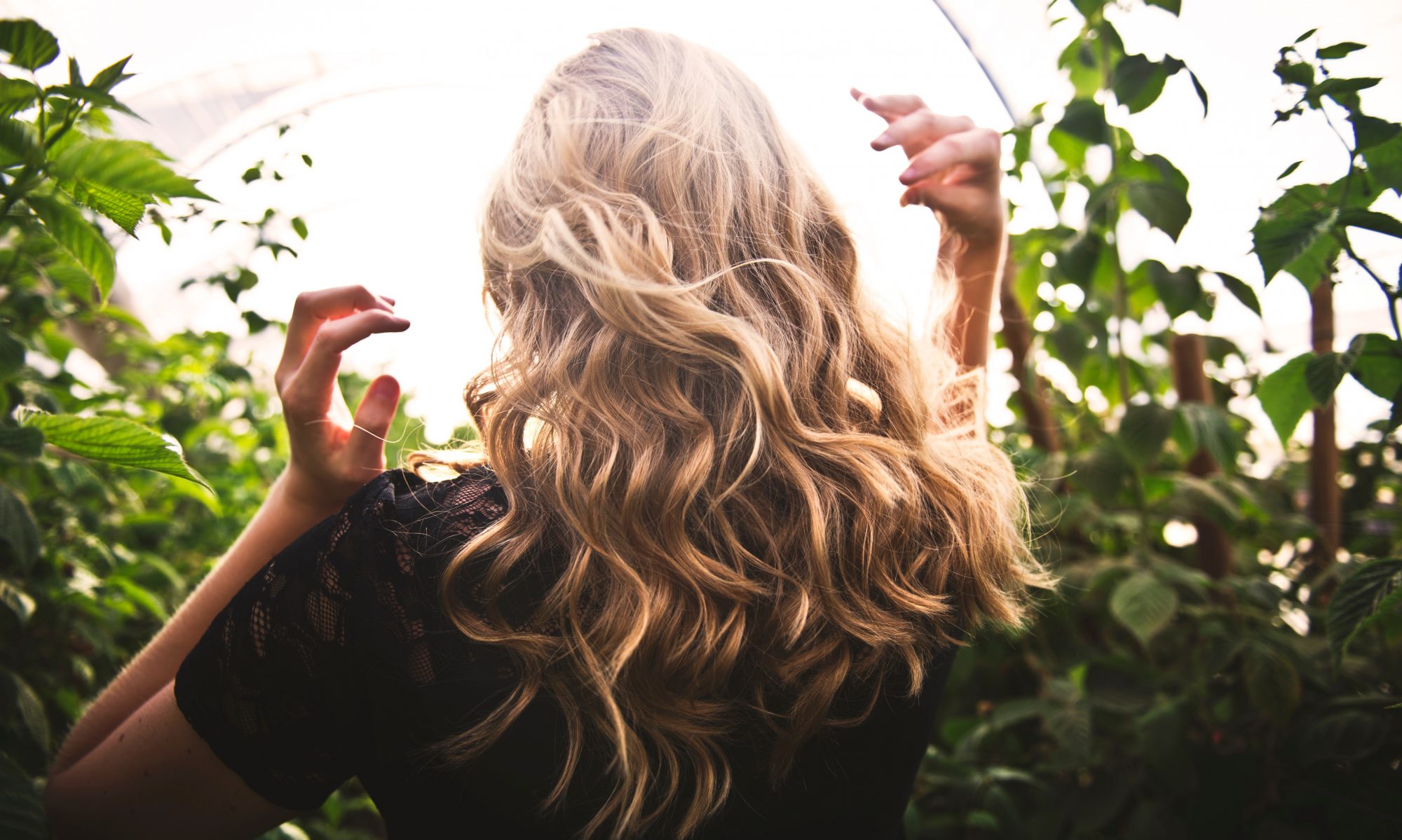Good news: hair loss can be prevented. These natural lifestyle tips can be easily implemented into anyone’s life and help reduce the likelihood of hair loss.
Hair loss can be caused by many factors, including environmental toxins, aging, chronic stress, smoking, nutritional deficiencies, hormonal imbalances, genetics, infections, poor hair hygiene, drugs or medications, and of course health imbalances like thyroid problems, autoimmunity, and other chronic illnesses.
The average scalp contains right around 100,000 strands of hair and it’s normal to lose hair daily. However, losing anything more than 50 to 100 strands in a day can be too much.
The good news is that restoring the health of the hair is as simple as restoring overall health. There are many simple things one can do to treat hair loss right in their own home, some of them being completely free of charge!
Whatever the cause, the best solution for hair loss is going to be identifying and removing that cause. Before trying any of these remedies, take a look at the major causes of hair loss mentioned above and seek the assistance of a holistic practitioner to rebalance the body.
21 Easy Tips To Prevent Hair Loss
An ounce of prevention is worth a pound of cure. This famous saying is loaded with truth.
Making up the difference of poor lifestyle choices is a difficult task. So it is always best to embody a healthy lifestyle to prevent the major imbalances that could lead to hair loss to begin with.
Here are 21 ways to not only remedy hair loss but to also create a more balanced lifestyle that will ultimately prevent hair loss from occurring:
1. Scalp Massages
 Massaging the scalp, especially with particular essential oils and nutrients, is a great way to keep the hair follicles clean and strong so hair can grow in healthfully.
Massaging the scalp, especially with particular essential oils and nutrients, is a great way to keep the hair follicles clean and strong so hair can grow in healthfully.
Also, maintaining a healthy scalp will keep hair loss from occurring due to possible infection of the hair follicles. (1) Not just that, scalp massages increase blood flow to the scalp, which is essential for delivering nutrients to the root so hair can grow in strong and healthy.
Additionally, it is my personal experience that a routine scalp massage is very relaxing; it relieves you of stress, which is a primary cause of hair loss. Regular scalp massages are helpful for blood flow and relaxation; however, adding certain oils can make them that much better.
Let’s take a look at some beneficial oils…
2. Coconut Oil

If you are familiar with the Paleo lifestyle, then you likely use coconut oil for a lot of things already: cooking, shaving, moisturizing, deodorant, etc.
Out of all the natural oils, coconut oil might be the best oil for managing hair loss. It acts as a protectant for the hair shafts from losing moisture. It also happens to contain lauric and caprylic acid, which have antibacterial properties that prevent bacterial infections of the scalp. Always choose extra-virgin, cold-pressed, and organic coconut oil. (2)
3. Olive Oil

Next to coconut oil, olive oil is another great oil for the scalp and hair. It is rich in antioxidants and provides great nourishment such as vitamin E that is beneficial for the hair shafts. When choosing olive oil, go with stone-crushed and organic for the best quality. (3)
4. Almond Oil

Almond is yet another nutritious oil with its rich amount of vitamin E, vitamin D, iron, magnesium, and calcium.
Almond oil also makes for a great-smelling carrier oil for the many essential oils below that help with hair loss. (4)
5. Lavender Essential Oil

One of the best-known essential oils for hair health is lavender. Not only does it smell wonderful, it contains antioxidants that help remedy hair loss.
It also happens to be antifungal and antiseptic, which can keep the scalp free of infection that may damage hair follicles. Lavender oil is successfully used in clinical study to treat alopecia areata. This is a condition of excessive hair loss that can result in bald patches.
With any essential oil, source high-quality raw material and use a carrier oil such as coconut, almond, olive, or jojoba. (5)
Other articles:















